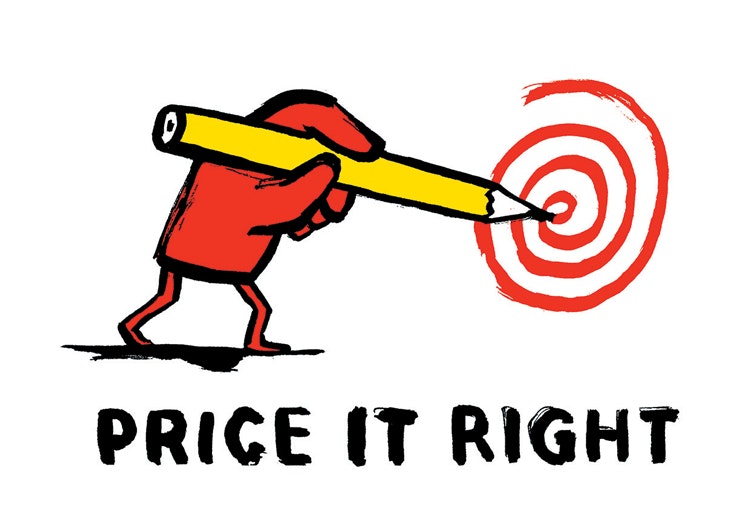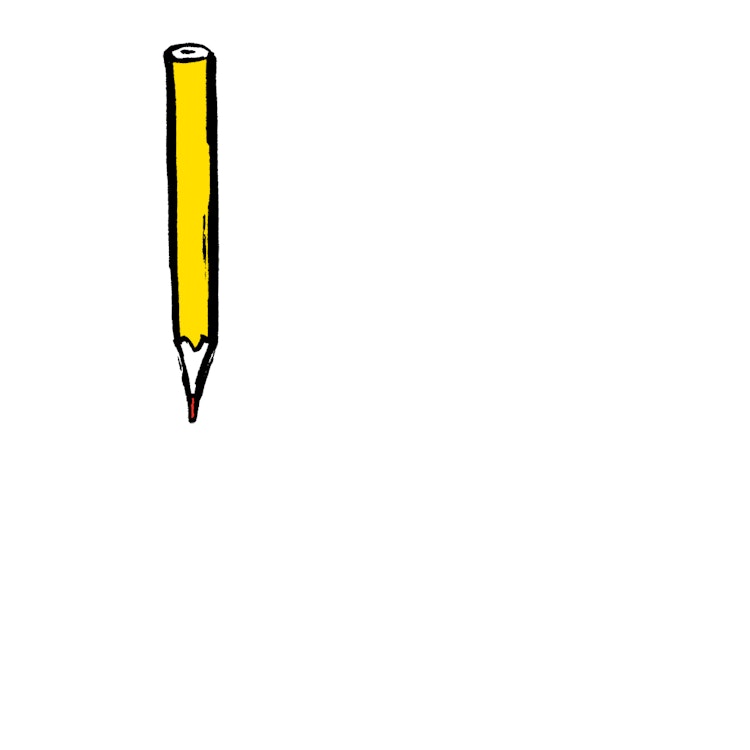
Going solo is very common in the illustration and graphic design industries – many professionals work as freelancers, making their money from individual projects commissioned by various design studios, brands and clients.
The great thing about this is the freedom and autonomy it brings – the less-so-great thing is the need to make ends meet each month, keep on top of finances, and chase late payments.
On top of this, with no employer to set a salary, charging is ultimately down to the individual. How can the balance be struck between getting paid fairly and decently for your hard work, and offering a reasonable rate that does not put potential clients off hiring you?
The Association of Illustrators (AOI), founded in 1973, is an organisation set up to protect illustrators’ rights and encourage good professionals standards in the industry.

Recently, the organisation launched its Price it Right campaign, which looks to encourage best practice for illustrators, and provide them with advice on how to get paid fairly.
The campaign includes a #priceitright hashtag for social media, and also a free-to-download logo, which it is encouraging illustrators who commit to pricing their work fairly to display on their websites.
Derek Brazell, projects manager at the AOI, says that the campaign is aimed at both illustrators and commissioners, to help both sides realise the value of creative work.
Here, the AOI suggests some key things for illustrators to consider when pricing their work correctly.
Usage
Is this a postcard for a small florist, or a nationwide advertising campaign on 48-sheet billboards and bus-sides for a fashion chain? It’s essential to know specifically how the image is going to be used. Is it a spot on the homepage of the client’s website, or the landing page image? An illustration for a brochure cover, or for a shop interior? These have different fees attached. The more important and visible the work is, the higher the fee.
If you’re asked for a “ball-park figure”, say you can quote on specific uses (how can you quote for uses you are not aware of?) and that you are happy to quote for additional uses when they are required.
Territory
It’s important to know if the work is intended for use in one city only, the UK only, or worldwide. Clearly, the larger the territory, the more significant the fee will be as it is reaching many more potential customers. A US-wide advertising campaign will cost a lot more than one solely for the UK.
Duration
This is the time period that the client requires the licence for. Is it three years for a food or drink packaging illustration, one month for an online retailer’s special offer, or “the period of copyright” for a children’s book? The longer the licence period, the higher the fee, to reflect the duration of usage of the artwork.
Client profile
Check out the size of the client – is it a multinational organisation, a chain of two restaurants or a local shop? Larger clients will have more sizable budgets (although they won’t always admit it) and that will have an impact on the fee.
Budget/fee
Does the client have a budget they are willing to tell you, or do they want you to quote? Budgets may be negotiable, and if the budget offered is pretty small then you know that you need to start that process.
All freelancers generally have to negotiate their fees. Don’t feel awkward about it – it becomes easier the more you do it. Clients may push back on what you are asking for, but you should reach a point that suits both of you, and it’s likely you’ll end up with an increase on the initial offer. When negotiating, bear these points in mind:
- The right frame of mind: for freelancers it can be easy to feel at a disadvantage and overly grateful that someone is prepared to pay you to make an image for them. But remember that although you may need the work, equally the client needs you. You are not being done a favour by being commissioned – you are offering a service that has value.
- A win-win scenario: the object of a good negotiation is to arrive at a point that is acceptable for both parties. To do that you need to know not only what you need, but also what the client needs. If their requirements don’t fit the fee, you don’t have to say “No”, but instead say “I can suggest an alternative that will fit the fee…”
- Being professional: take time out to find the “going rate” for a range of jobs so that you have confidence in what you are asking. This means joining a professional support organisation such as the AOI, who offer advice on pricing and negotiation, or ask those you know who have relevant experience.
For more advice on rates for illustration projects and how to price work accurately, get in touch with the AOI by emailing [email protected]. Memberships to the AOI cost between £76 and £205 per year.
All images and animations © Nishant Choksi.

- Design disciplines in this article
- Industries in this article










4 responses to “Tips on getting paid fairly as a freelance illustrator”
Information like this is usually vital and I couldn’t be happier that an organisation like the AOI are campaigning to spread awareness of it.
The AoI were giving out this sort of ‘sounds great in theory, useless in practise’ info 30 years ago, it’s still pie in the sky 30 years later.
So this is an advertorial requiring the reader to pay a minimum of £76 to actually find out the going rate?
Hi Mark,
This is not an advertorial.
Thanks,
Design Week team